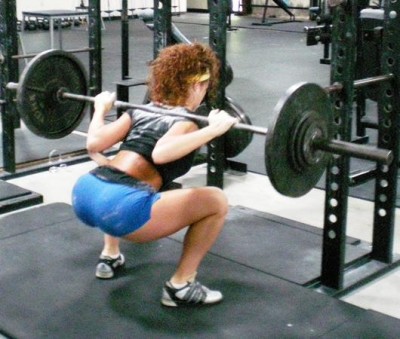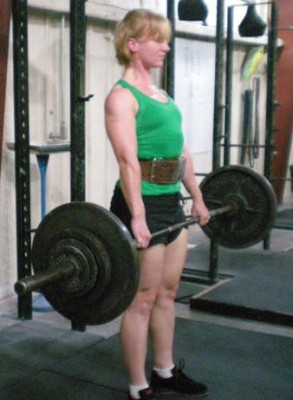Woah…girls
I finally got a hold of a scanner the other day. This means that I can now post pictures from the hundreds of powerlifting magazines that Rip has held onto over the years.
We don’t really get an opportunity to talk about women on 70’s Big, so I’d like to highlight some women lifters from the 1981 Women’s National Powerlifting Championships. You’ll see that these women were not only strong, but pretty good lookin’ too. All the numbers from this meet are in kilograms (2.2 pounds = 1 kilogram). All of the following women won their respective weight classes. And “(WR)” denotes a world record.
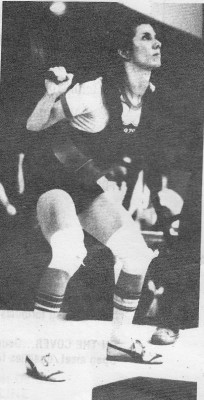
Terry Dillard
Terry Dillard squatted 137.5 (WR), benched 57.5, and deadlifted 145 for a 340 (WR) total. That’s a 302.5 pound squat for a 105.6 pound woman. She also won Best Lifter.

Gayla Crain
Gayla Crain, a 56 kg lifter, squatted 152.5, benched 70, and deadlifted 180 for a 402.5 (WR) total. I dare say she is very good looking. Nice hair. She’s my favorite of this bunch.
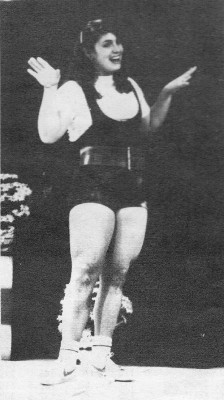
Vicky Gagne
Vicky Gagne competed in the 82.5 kilo class. She squatted 202.5 (WR), benched 115, and deadlifted 220 (WR) for a 537.5 total! That is a 445.5 pound squat and a 484 pound deadlift. In the picture, she had been red lighted on a 507 lb. deadlifted, and said, “It’s ok, I’ll get it next time.” Kinda cute, eh?
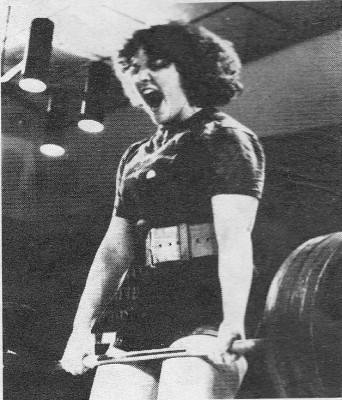
Wanda Sander
Wanda Sander won the 82.5+ kg class with a 192.5 kg squat, 110 kg bench, and a 210 kg deadlift. Pretty strong.
I keep going back to the idea that these women are both real strong and attractive. There has always been a silly misconception that lifting weights will make women bulky, but they tend to forget they have one-tenth the testosterone of a male. Being “toned” means being strong, and being strong means you are probably gonna lasso a 70’s Big fella real soon. Once you go adult male (>200 lbs.), you’ll never go back.

